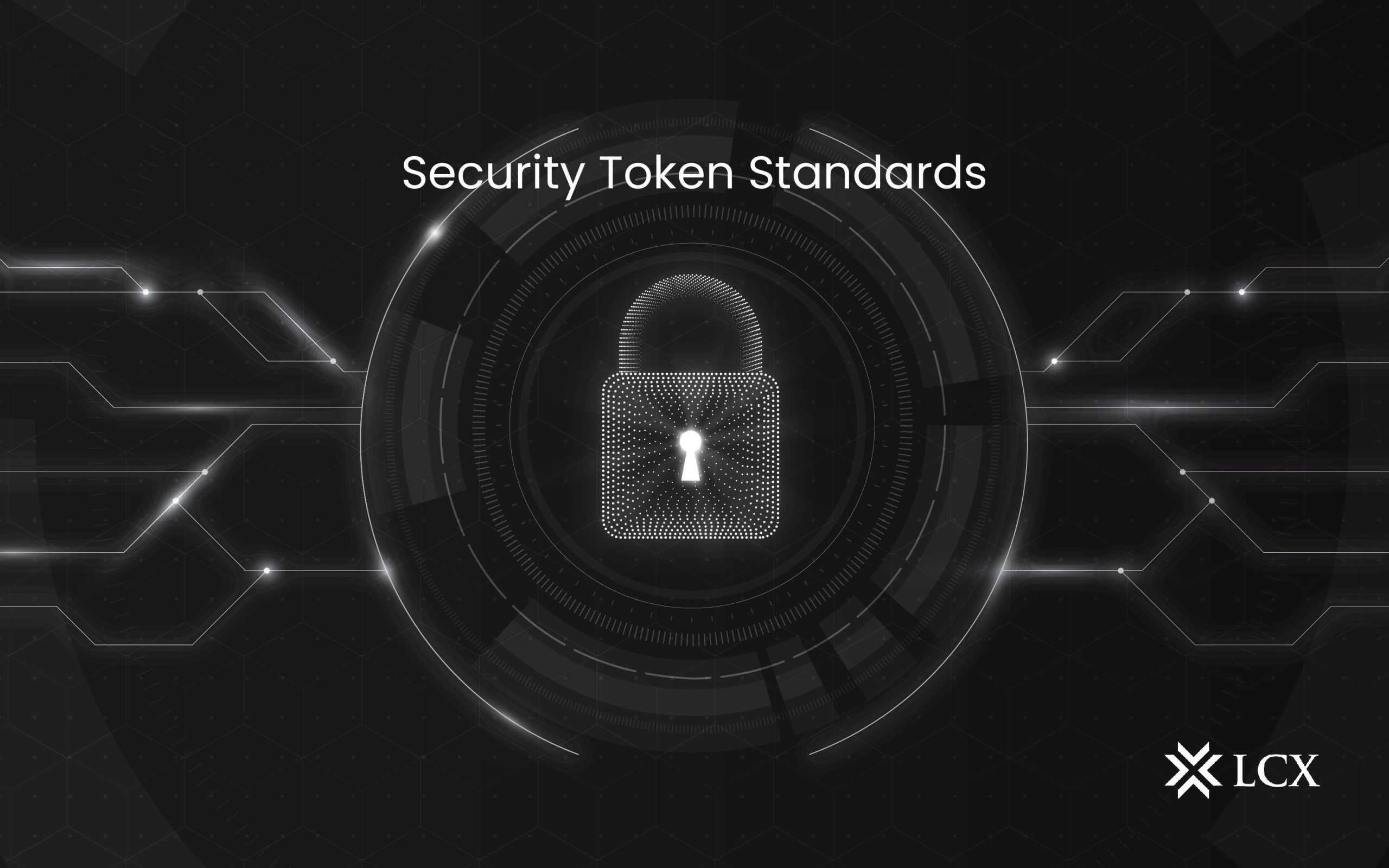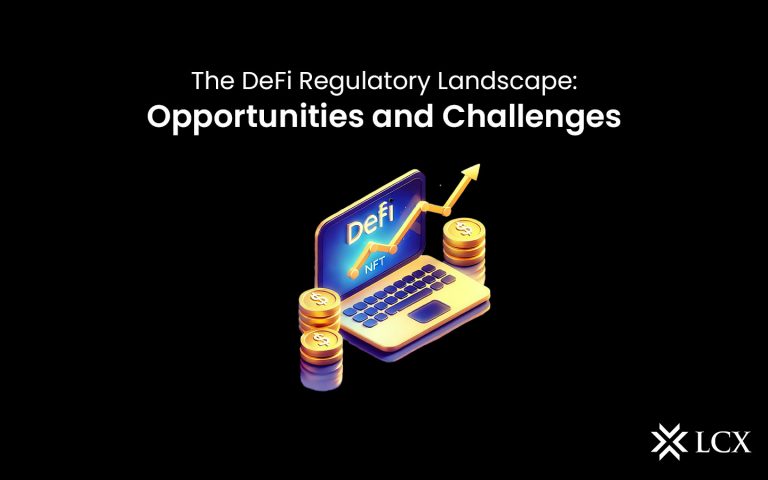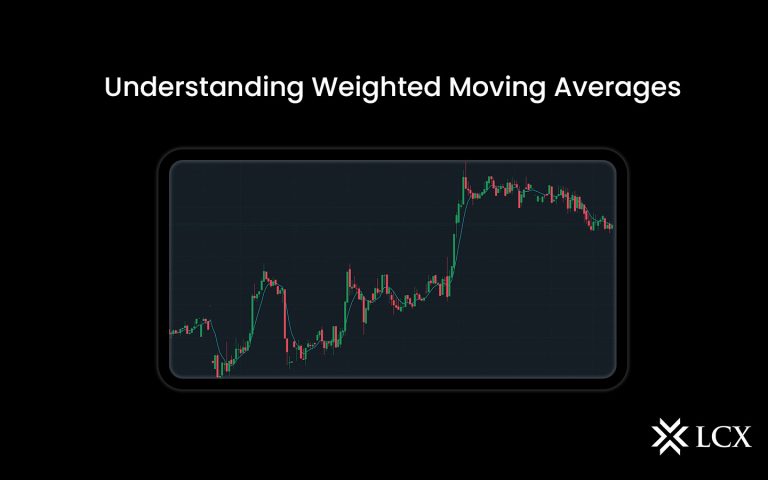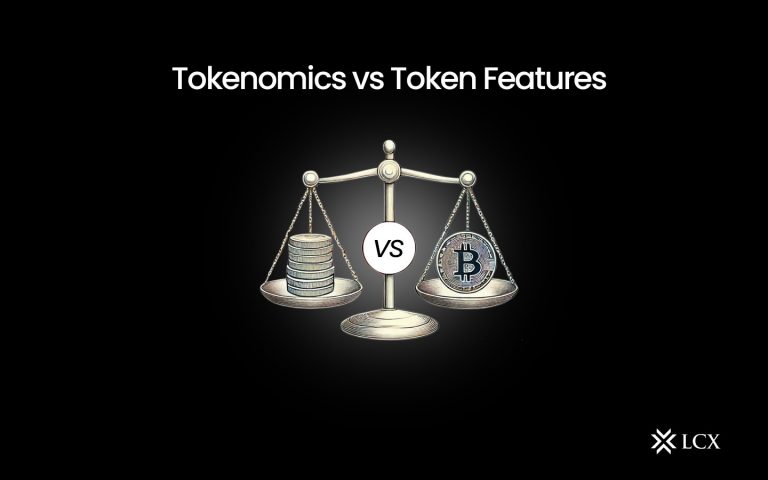If you are a crypto enthusiast, you will be familiar with terms like ERC20 or ERC1400. These are security token standards built to comply with regulatory requirements while maintaining the need for developing a desirable token.
What Is A Security Token?
A security token is used to acquire access to a restricted electronic resource. Many of the properties of both non-fungible and fungible tokens can be found in it. Security tokens are used to represent partial or full ownership interests in assets.
How Is It Different From Utility Token?
- Access to a network is represented by utility tokens, and token purchases represent the capacity to buy goods or services from that network. Security tokens, on the other hand, indicate full or partial ownership of an asset. Security tokens can represent a share in a firm, intellectual property, or real estate.
- Through the blockchain and its accompanying public ledger, security tokens provide tremendous transparency over traditional paper shares.
- The structure of security tokens, their distribution, and any changes that may affect investors are now accessible via the blockchain.
Security Token Standards
The security token industry needs some common technical standards to profit from the underlying shared network. Through smart contracts, Ethereum has proven to be the most active, stable, and interoperable network among the various networks. The security standards aid in the composability of smart contracts. This ensures that the tokens can be used on current decentralized exchanges.
Some Popular Security Token Standards Are:
- The ERC20 Token Standard specifies the functions and events that an Ethereum token contract must implement. It’s used to enforce tokens in smart contracts on the Ethereum network. ERC stands for Ethereum Request for Comment. The number 20 was allocated to this request. The ERC-20 standard is used by most tokens issued on the Ethereum blockchain.
- ERC721 Token Standard: Tokens that follow this standard can be utilized on any exchange, but the token’s uniqueness and rarity determine their value. The functions name, symbol, balance, total supply, owner, take ownership, transfer, tokenMetadata, and tokenOfOwnerByIndex are defined in the standard.
- ERC1404 Token Standard: It was created with the help of securities law firms, issuers, and major cryptocurrency exchanges and is designed explicitly for tokenized securities.
- ERC223 Token Standard: ERC223 eliminates the faults in ERC20.
- ERC777 Token Standard: ERC777 is a better proposal that prevents token loss due to the ERC 20 bug.
- It includes new functions sent instead of transferred, tokens received instead of tokenFallback and authorization operator instead of approving.
LCX is a FinTech company that works on different aspects of the crypto industry. It deals with tokenizations of assets, utility and security token offerings, and other advanced trading tools. LCX has been using ERC20 and ERC721 token standards when it comes to security token standards. LCX has developed an asset-backed NFT called TIAMONDS, which represents real-world diamonds with 1-1 ownership rights. These diamond tokens are developed with the ERC-721 token standard and the LCX Liechtenstein protocol. Other than this, LCX has also introduced the TIA token, a deflationary cryptocurrency. This token is based on ERC20 token standards on the Ethereum blockchain.
Conclusion
Security token standards are used to enforce compliance rules and control transfers to eligible investors. These standards allow the development of cryptocurrency tokens on various blockchain protocols. One can also conclude that these standards are a subset of smart contract standards. Currently, Ethereum is the only successful blockchain for developing these standards, but we can expect more such standards from different blockchains in the future.









